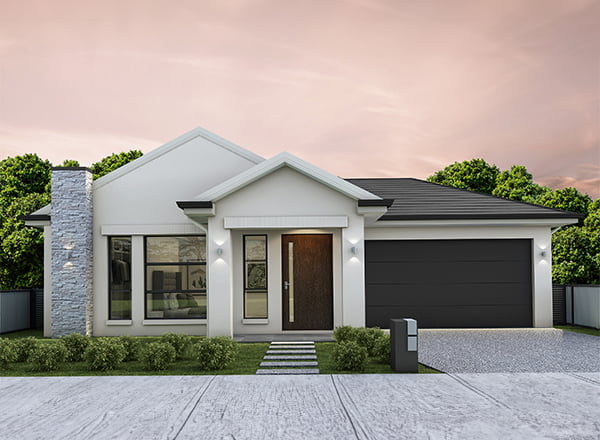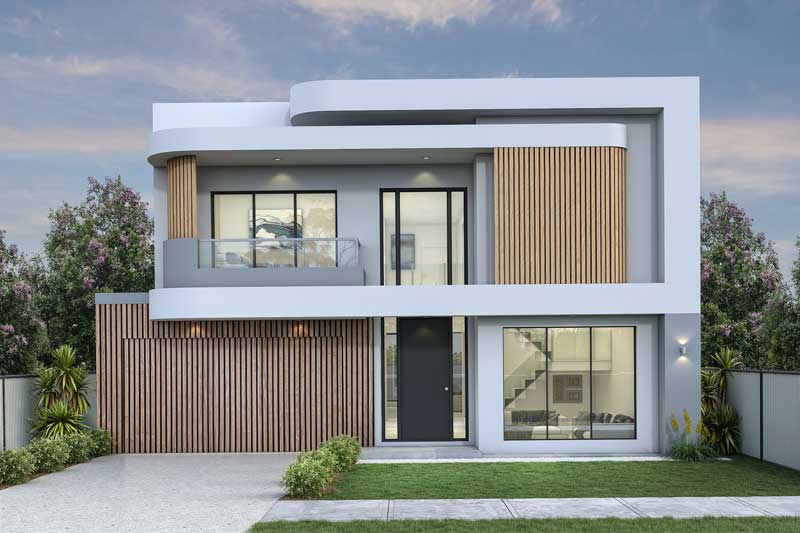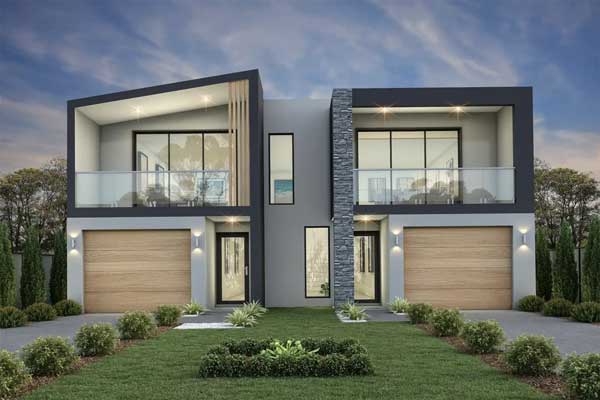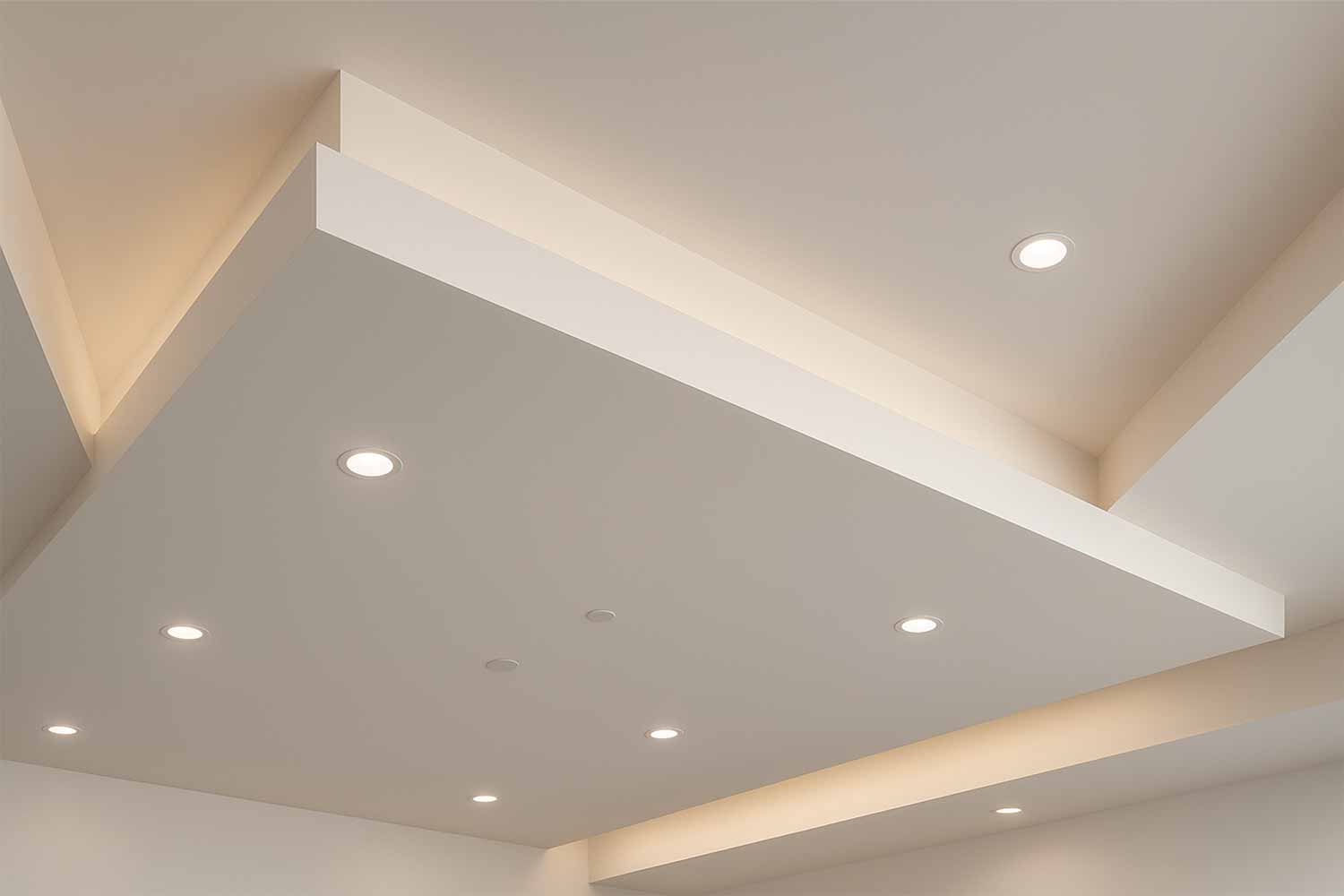In Australia, the cost-effectiveness of building versus buying a house in 2024 depends on various factors. Purchasing an existing house generally offers a quicker move-in process, yet buyers may need to factor in renovation expenses. On the other hand, constructing a new home grants the flexibility to customise both interior and exterior designs but often comes with a longer construction timeline.
Ultimately, the decision hinges on individual preferences, budget constraints, and desired timelines. Let’s delve deeper!
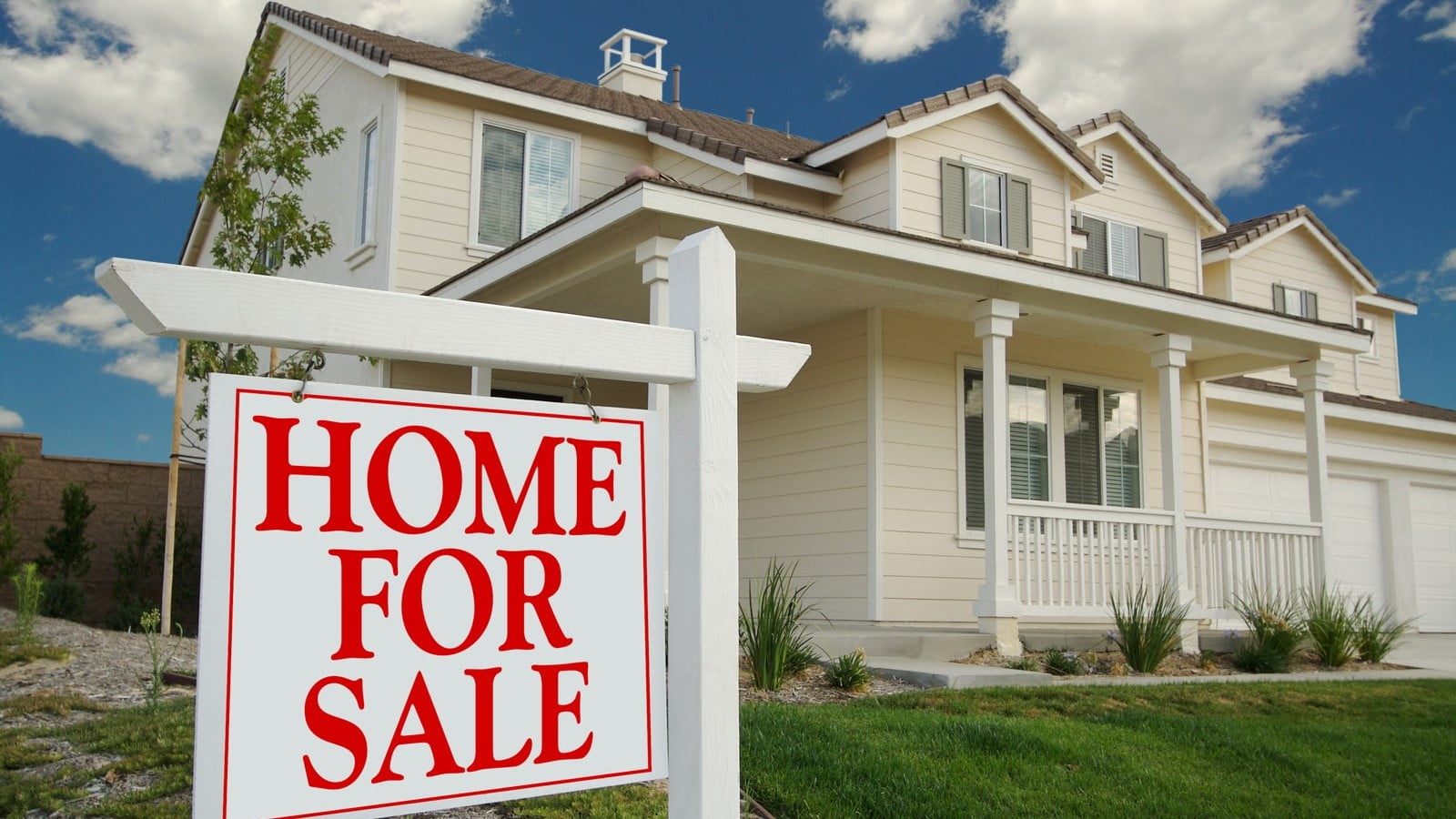
Build or Buy in 2024? Which Option is Cheaper?
Regarding homeownership in Australia, the eternal question lingers: Is building or buying a house cheaper? Understanding each option’s pros and cons is paramount for first-time buyers navigating the real estate market’s complexities. From the charm of a custom-built dream home to the convenience of purchasing an existing property, there are numerous factors to consider before making a decision.
Cost of Building a House
The cost per square meter of land varies across cities, with Sydney commanding the highest prices and Adelaide offering the lowest. Construction costs, however, remain consistent across cities, averaging approximately $1,631 to $2500 per square meter of land. Therefore, when estimating the expenses of constructing a new house in a capital city, a rough breakdown would be as follows:
The expenses associated with building your own home comprise two primary components: land acquisition and construction expenses. Initially, assessing the land cost is crucial, encompassing various additional charges. For instance, homebuyers are required to cover expenses such as stamp duty, land tax, property inspection fees, legal fees, agent fees, and sundry expenses.
Don't Settle for Less—Build Excellence with Dhursan
Cost of Buying an Existing Home
According to Property Update, the typical price for a house in Australia’s major cities has reached $944,229 as of February 2024. Australia’s housing market maintained its upward trend in January 2024, as indicated by a 0.4% increase in the national Home Value Index during the month. In capital cities, the typical price for a unit stands at $650,279. The median value for properties in regional areas across Australia is $605,085.
When considering the cost of purchasing an existing home, buyers should factor in various expenses beyond the initial purchase price. Apart from the property’s market value, additional costs such as conveyancing fees, building inspections, lender fees, and stamp duty may apply. These expenses vary depending on the property’s location, condition, and the intricacies of the transaction.
Furthermore, ongoing costs such as property taxes, homeowners insurance, maintenance, and utilities should be accounted for when budgeting for an existing home purchase. It’s essential for buyers to conduct thorough due diligence and seek professional advice to ensure they understand the full financial implications of buying an existing home.
Do Buyers Get a Warranty When Purchasing an Existing Home?
Buyers of an existing home may not receive a warranty as they would when purchasing a new construction. However, in the current market, it’s common for sellers to provide a warranty on certain aspects of the house.
For example, Dhursan Construction offers buyers of established homes a 6 years of structural warranty, 3 months of maintenance support, and 50 years of structural protection against termites.
Buying a House vs Building a New Home: Key Considerations
- Quick move-in: Purchasing an existing home offers the advantage of immediate occupancy, eliminating the wait associated with construction.
- Renovation considerations: While established homes may require updates or renovations, buyers can factor these costs into their budget and negotiate accordingly.
- Stamp duty implications: The cost of stamp duty on the purchase price is a key consideration for buyers opting for an existing property.
- Customisation: Building a new home allows buyers to tailor every aspect of the design to their preferences, from layout and finishes to energy-efficient features.
- Higher upfront costs: The building offers customisation benefits but typically comes with a higher initial price tag due to construction expenses and land acquisition.
- Construction timelines: Unlike buying an existing home, building a house involves longer wait times for completion, requiring patience and careful planning.
- Securing financing: Whether buying or building, obtaining a home loan is crucial for most buyers. Understanding the differences between construction loans and traditional mortgages is essential.
- Construction costs: From materials and labour to permits and architectural fees, the cost of building a house in australia can vary significantly depending on location and project scope.
- First-time buyers: For those entering the housing market for the first time, weighing the pros and cons of buying an existing home versus building a new one is a pivotal decision that sets the stage for homeownership.
- Established homeowners: Even seasoned homeowners contemplating a change must carefully evaluate whether to buy an existing property or embark on a new construction project.
Why buying a home might be cheaper and more convenient?
- Stability in Pricing: When buying an existing home, you clearly understand your price. Unlike building a new home, where costs can fluctuate due to materials shortages, labour costs, and other factors, purchasing a pre-existing home often offers a stable and predictable pricing structure.
- Avoiding Construction Risks: By purchasing a home that’s already built, you eliminate the risks associated with construction, such as potential delays due to adverse weather conditions, construction company bankruptcies, or unexpected cost overruns. This means you can move into your new home sooner without worrying about construction-related issues.
- Inclusion Transparency: With an existing home, you know exactly what you’re getting. There’s no need to worry about additional costs for features or fittings that may not be included in the base price, as is often the case with building a new home. Everything you see during the home inspection is what you’ll get, providing clarity and peace of mind.
- Immediate Occupancy: When buying an existing home, you can typically move in immediately. This is especially beneficial if you’re in a time-sensitive situation or need to relocate quickly. On the other hand, building a new home can take months or even years to complete, delaying your plans to settle into your new living space.
- Less Stressful Process: Purchasing an existing dwelling generally involves less stress and uncertainty than building from scratch. You don’t have to make countless decisions about design, materials, and finishes, which can overwhelm some buyers. Instead, you can focus on finding a home that meets your needs and preferences without the complexities of the construction process.
VERDICT:
Buying an established dwelling is often cheaper and more convenient than building a new one. Stable pricing offers predictability, avoiding the fluctuation risks of new construction. Immediate occupancy means a quicker move-in compared to waiting for a new build.
Existing houses provide clarity on inclusions, reducing uncertainty about additional costs. Ultimately, choosing an established home simplifies the buying process, letting buyers focus on finding the right property without the complexities of building from scratch.
Check out Dhursan’s range of home designs today to explore your options and find the perfect fit for your lifestyle and budget!

Transform Your Vision into Reality with Dhursan Construction
Why building a home might be cheaper and more convenient?
- Potential Financial Assistance: Building a home can provide access to grants and stamp duty concessions, significantly reducing the overall homeownership cost. Depending on your location and circumstances, you may be eligible for programs like the First Home Owners Grant (FHOG) or stamp duty exemptions for first-home buyers. These incentives, ranging from $10,000 to $30,000, can help offset construction expenses and make building homes more affordable.
- Customisation to Your Preferences: Building a house offers the advantage of tailoring the design to your specific needs and preferences. Whether you’re working with an architect to create a unique floor plan or selecting finishes and fixtures to match your style, the satisfaction of moving into a home that reflects your vision can be immensely rewarding. Unlike purchasing an existing dwelling, where you may need to compromise on certain features, the building allows you to create a space that truly feels like yours from day one.
- Potential Savings on Stamp Duty: When purchasing a vacant block of land for construction, you may only be required to pay stamp duty on the land itself rather than the completed house. This can result in significant savings, especially in areas where stamp duty rates are high. Rules regarding stamp duty vary by state or territory, so it’s important to research the specific regulations in your area to take advantage of potential savings.
- Energy Efficiency Options: Building your own home provides the opportunity to incorporate energy-efficient building materials and techniques, which can lead to long-term savings on utility bills. You can reduce your home’s energy consumption and lower monthly expenses by utilising strategies such as proper insulation, efficient airflow design, and the installation of energy-efficient appliances. Additionally, rebates and incentives for initiatives like solar panel installation may be available, further contributing to cost savings over time.
Also Read: First Home Buyer Schemes and Grants Available in Australia 2024
VERDICT:
While the initial cost to build may seem daunting, potential financial assistance through grants and stamp duty concessions can significantly reduce the overall homeownership cost, making it cheaper to build than to buy in some cases. Also, the ability to customise the design to your preferences ensures you get exactly what you want without having to compromise on features or layout.
However, Building a house is generally more cost-effective if you already own the land on which to construct it.
Own a land?
Searching for an affordable option? Contact us!
This presents a unique opportunity to build your dream home and leave a lasting legacy on your property. With your land as the foundation, you have the freedom to bring your vision to life and create a home that reflects your style, preferences, and values.
Want to turn your dream home into a reality? Schedule a Free Appointment with Dhursan today!
Figuring out whether to build or buy? Let Dhursan help you!
Deciding whether to build or buy a home can be overwhelming, especially when considering costs (cheaper to build or buy), customisation, and long-term investment.
At Dhursan, we understand the complexities of this decision-making process and are here to assist you every step of the way. Our team of experienced home builders will carefully analyse your needs, preferences, and budget to determine whether building a new home or purchasing an established one is the most cost-effective option for you.
Get in touch! We would love to hear from you and help you out.


